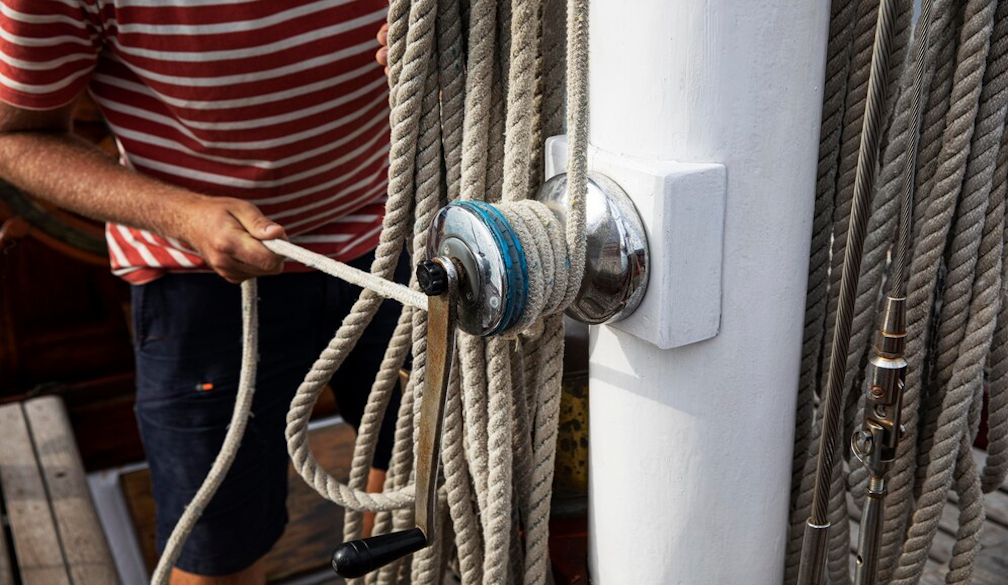Maintenance Tips for Your Boat Winch: Keeping It in Top Condition

A boat winch is a crucial piece of equipment for any boater, providing the power and reliability needed to launch and retrieve your boat safely and efficiently. To ensure your boat winch remains in top condition and performs reliably, regular maintenance is essential. This article offers practical tips for maintaining your boat winch, helping you maximise its lifespan and avoid potential issues.
Regular Inspection and Cleaning
1. Inspect Regularly
Frequent inspections are key to identifying and addressing issues before they become major problems. Check your boat winch for signs of wear, damage, or corrosion. Look for loose bolts, frayed cables, or any unusual noises during operation.
Perform these inspections before and after each use to ensure that the winch is in good working order. Address any issues promptly to prevent further damage and ensure safe operation.
2. Clean Thoroughly
Dirt, salt, and debris can accumulate on your boat winch, leading to corrosion and decreased performance. After each use, especially if you’ve been in saltwater, clean the winch thoroughly with fresh water. Use a soft brush or cloth to remove any grime or salt deposits from the winch's components.
For a deeper clean, disassemble the winch as per the manufacturer’s instructions and clean each part individually. Ensure all parts are completely dry before reassembling to prevent rust and corrosion.
Lubrication and Rust Prevention
3. Lubricate Moving Parts
Lubrication is essential for smooth operation and to reduce friction between moving parts. Apply a suitable marine-grade lubricant to all moving parts, including the gears, drum, and bearings. Be sure to use a lubricant that is specifically designed for marine environments to ensure durability and effectiveness.
Avoid over-lubrication, as excess lubricant can attract dirt and grime. Follow the manufacturer’s recommendations for lubrication intervals and types of lubricants to use.
4. Prevent Rust and Corrosion
Rust and corrosion can significantly impact the performance and lifespan of your boat winch. To prevent these issues, use anti-corrosion sprays or coatings on metal parts. Ensure that all components, especially those exposed to water, are adequately protected.
Regularly check for signs of rust or corrosion and address them promptly. Sand down any rusted areas and apply a protective coating to prevent further damage.
Cable Maintenance
5. Inspect and Maintain Cables
The cable or rope is a critical component of your boat winch and requires regular inspection. Check for any signs of fraying, kinking, or damage. A damaged cable can lead to dangerous failures during use, so replace any worn or damaged cables immediately.
When storing the winch, ensure the cable is properly coiled and not subjected to unnecessary stress or tension. This helps prevent tangling and maintains the integrity of the cable.
6. Rewind Properly
After use, rewind the cable or rope evenly onto the winch drum. An unevenly wound cable can lead to tangling or operational issues. Ensure the cable is neatly and tightly wound to avoid potential problems during the next use.
Operating Procedures and Safety
7. Follow Manufacturer’s Guidelines
Always adhere to the manufacturer’s guidelines for operating and maintaining your boat winch. The manufacturer’s manual provides specific instructions for maintenance, lubrication, and safety procedures that are tailored to your winch model.
Familiarise yourself with these guidelines and ensure you follow them to maintain the winch’s performance and safety standards.
8. Perform Regular Servicing
In addition to routine maintenance, periodic servicing by a professional can help identify and address any underlying issues with your boat winch. Schedule regular check-ups with a qualified technician to ensure that the winch is in optimal condition and to receive expert advice on any necessary repairs or adjustments.
Storing Your Boat Winch
9. Store Properly
Proper storage is essential for prolonging the life of your boat winch. When not in use, store the winch in a dry, sheltered location to protect it from environmental elements. If the winch is mounted on a boat trailer, ensure it is covered or shielded from direct exposure to weather conditions.
For long-term storage, consider disassembling and cleaning the winch thoroughly before storing it. This helps prevent rust and corrosion and ensures that the winch is ready for use when needed.
Upgrading and Replacement
10. Consider Upgrading
If you’re in the market for a new winch, explore options such as those listed as "boat winch for sale" to find a model that suits your needs. Upgrading to a newer model with advanced features can improve performance and provide enhanced reliability.
When considering a replacement, evaluate your requirements and choose a winch that matches your boat size and usage needs. A well-chosen upgrade can make a significant difference in ease of use and durability.













